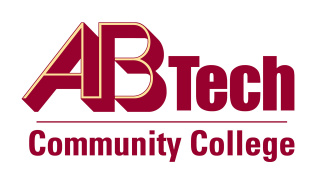Companies that seek to maximize productivity, quality, or both must be able to adequately measure parameters that affect operations. The traditional tools of measuring output by testing finished product is costly in terms of time used, product wasted, and decision-making well after a deviation has occurred. A more efficient method is applying statistical process control tools during production.
This class will introduce the basics of SPC and how to use the data for efficient production and quality control without delving into statistics. Most companies can introduce control charts with basic math skills and simple calculators.
First, understanding normal variation versus processes that are out of control will be covered. The traditional methods of product sampling will be reviewed as some principles still apply to operations (such as customer-required testing). The bulk of the class will cover the benefits of simple SPC applications, including how to build control charts and how to assess data to keep the process in control and prevent product defects.
Food and beverage quality assurance professionals, production staff, document control, doc review, safety supervisors, regulatory affairs personnel, auditors, and anyone involved in implementing or managing food, beverage and natural products production.
- Defining variation
- Measuring variation
- Sampling plans
- Designing control charts
- Following trends
- Corrective actions
- Improving line efficiency
- Improving product quality
- Reducing processing errors and product deviations
- Understanding basic process variation
- Ability to determine appropriate sampling scheme for finished product
- Understand the benefits to apply SPC in their operation
- Implement appropriate control charts and monitor for process improvements
Group exercises include:
- Variation
- Product sampling
- Developing control chart 1
- Developing control chart 2
Delivered online with a live instructor at a scheduled date and time.
Companies that seek to maximize productivity, quality, or both must be able to adequately measure parameters that affect operations. The traditional tools of measuring output by testing finished product is costly in terms of time used, product wasted, and decision-making well after a deviation has occurred. A more efficient method is applying statistical process control tools during production.
This class will introduce the basics of SPC and how to use the data for efficient production and quality control without delving into statistics. Most companies can introduce control charts with basic math skills and simple calculators.
First, understanding normal variation versus processes that are out of control will be covered. The traditional methods of product sampling will be reviewed as some principles still apply to operations (such as customer-required testing). The bulk of the class will cover the benefits of simple SPC applications, including how to build control charts and how to assess data to keep the process in control and prevent product defects.
Food and beverage quality assurance professionals, production staff, document control, doc review, safety supervisors, regulatory affairs personnel, auditors, and anyone involved in implementing or managing food, beverage and natural products production.
- Defining variation
- Measuring variation
- Sampling plans
- Designing control charts
- Following trends
- Corrective actions
- Improving line efficiency
- Improving product quality
- Reducing processing errors and product deviations
- Understanding basic process variation
- Ability to determine appropriate sampling scheme for finished product
- Understand the benefits to apply SPC in their operation
- Implement appropriate control charts and monitor for process improvements
Group exercises include:
- Variation
- Product sampling
- Developing control chart 1
- Developing control chart 2


